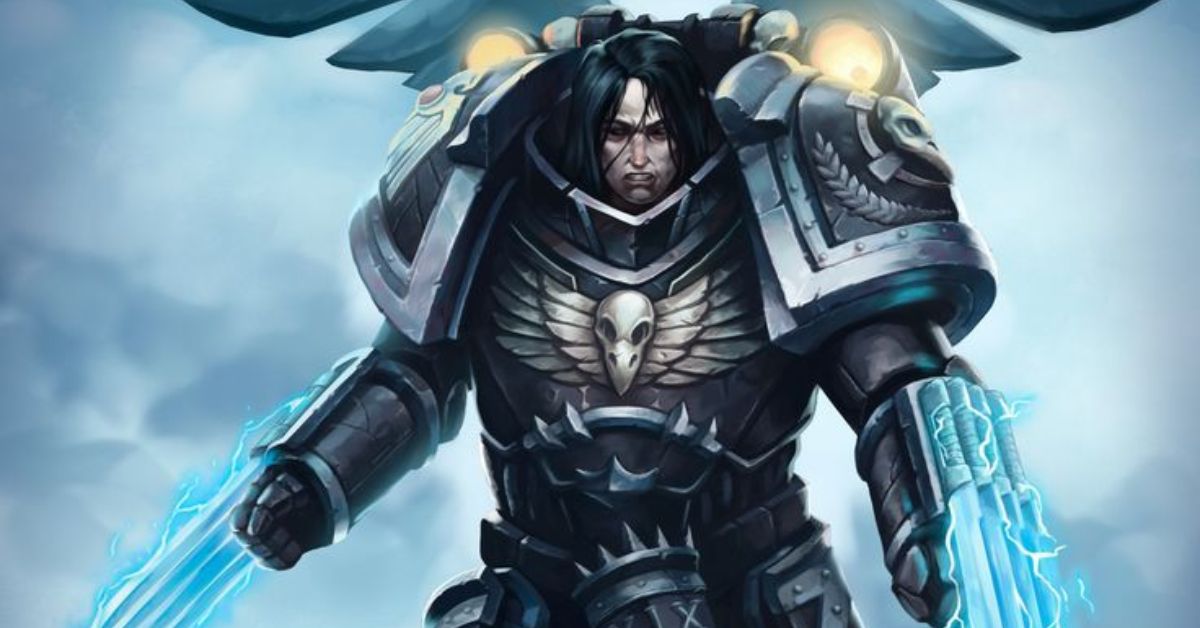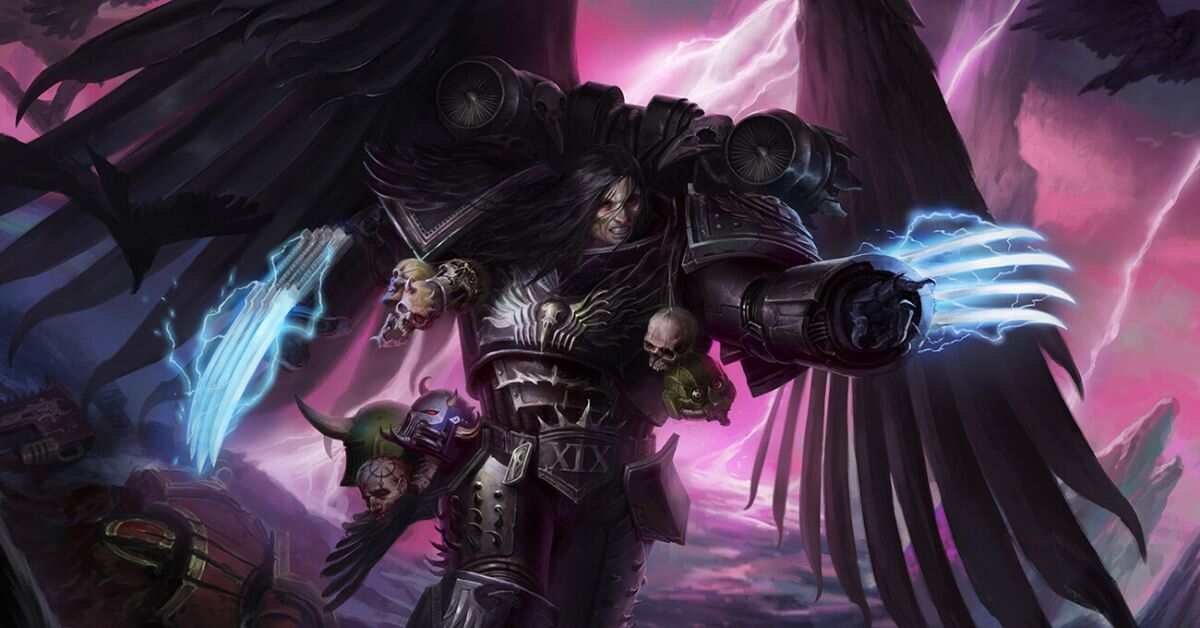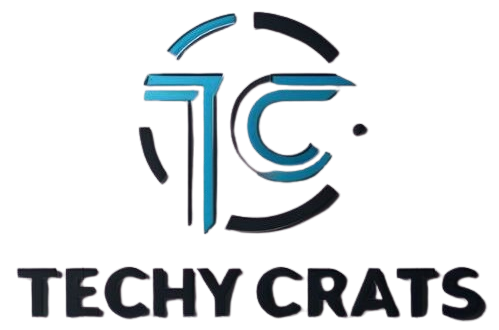Corvus Corax Primarch of the Raven Guard was known for his stealth and precision. He led his Legion with unmatched guerrilla tactics and surprise attacks. Raised on Lycaeus, he overthrew the tyrants oppressing the enslaved population. During the Horus Heresy, his Legion was nearly destroyed at Istvaan V. Corax fought to rebuild.
His forces used accelerated genetic techniques, but the results were tragic. He became obsessed with vengeance against the traitor primarchs . Eventually, Corax vanished into the Warp, transforming into a creature of shadow. His legacy as the shadowed savior of the Imperium endures, inspiring the Raven Guard and its successors.
Early Life and Uprising on Lycaeus
Corvus Corax’s journey began on Lycaeus, a desolate moon orbiting the forge world Kiavahr. Here, amidst the oppressed masses of slave workers, the young Primarch found his calling as a liberator. Raised in secret by the downtrodden populace, Corax honed his skills in stealth and sabotage, becoming a symbol of hope for those yearning for freedom. His natural talents, combined with the harsh realities of life on Lycaeus, forged him into a master strategist and a deadly warrior.
As Corax grew, so did his influence. He organized the slaves into a formidable rebel force, teaching them the art of guerrilla warfare. This culminated in a daring uprising that would change the fate of Lycaeus forever. Using his unparalleled tactical acumen, Corax led a series of precision strikes that crippled the oppressors’ power structure, ultimately leading to their downfall. The success of this rebellion would set the tone for Corax’s future leadership of the Raven Guard.
The Great Rebellion
The rebellion on Lycaeus was a masterclass in asymmetric warfare. Corax utilized every advantage at his disposal, from the terrain to the element of surprise. He organized hit-and-run attacks, sabotage missions, and psychological warfare tactics that kept the overlords in a constant state of paranoia. The final stroke came when Corax personally led an assault on the main governmental complex, securing victory and freedom for the people of Lycaeus.
Notable Campaigns and Battles
Throughout the Great Crusade and the Horus Heresy, Corvus Corax and his Raven Guard participated in numerous pivotal engagements. One of the most significant was the Istvaan Compliance Action, where Corax’s tactical disagreements with Warmaster Horus foreshadowed the coming schism. The Primarch‘s preference for precision strikes and minimal collateral damage stood in stark contrast to Horus’s more aggressive approach, highlighting the philosophical differences that would soon tear the Imperium apart.
Another notable campaign was the Siege of Gate Forty-Two, where the Raven Guard fought alongside the Iron Warriors. This grueling battle showcased the stark differences in tactics between the two legions, with Corax’s surgical strikes proving more effective than Perturabo’s brute force approach. The friction between the two Primarchs during this campaign would have far-reaching consequences, influencing their actions during the Horus Heresy.
Battle of Yarant
The Battle of Yarant stands out as a shining example of Corax’s tactical brilliance. Fighting alongside Leman Russ and the Space Wolves, Corax employed his Raven Guard in a series of lightning-fast assaults that kept the enemy off-balance. This battle demonstrated the effectiveness of combining the Raven Guard‘s stealth tactics with the Space Wolves’ ferocious frontal assaults, creating a synergy that overwhelmed their foes.
The Great Crusade and Horus Heresy

Corvus Corax’s role in the Great Crusade was marked by his unique approach to warfare. The Raven Guard became renowned for their ability to achieve compliance through precise, targeted actions rather than overwhelming force. This approach earned them both admiration and skepticism from their fellow Space Marines. Corax’s relationship with his brother Primarchs was complex, with strong alliances formed with some and deep rivalries with others.
The Horus Heresy would prove to be a turning point for Corax and the Raven Guard. The betrayal at Istvaan V, known as the Drop Site Massacre, nearly destroyed the legion. Corax himself was gravely wounded in a duel with Lorgar of the Word Bearers, only surviving thanks to the sacrifices of his loyal warriors. This event would shape the rest of Corax’s actions during the Heresy, driving him to seek vengeance against the traitor Primarchs.
The Drop Site Massacre
The Drop Site Massacre on Istvaan V was a pivotal moment in the Horus Heresy. What was meant to be a decisive strike against the traitors turned into a trap that decimated three loyal legions. The Raven Guard, along with the Iron Hands and Salamanders, found themselves betrayed by those they thought were allies. Corax’s tactical genius was put to the ultimate test as he fought to save as many of his sons as possible from the slaughter.
Raven Guard Rebuilt
In the aftermath of Istvaan V, Corvus Corax faced the daunting task of rebuilding his shattered legion. Desperate to bolster his forces, Corax sought the aid of the Emperor of Mankind. This led him to a secret laboratory on Terra, where he gained access to highly advanced gene-seed technology. With this knowledge, Corax attempted to accelerate the creation of new Space Marines, hoping to quickly replenish the ranks of the Raven Guard.
However, this rushed process came at a terrible cost. Many of the recruits developed severe mutations, becoming twisted parodies of the Astartes they were meant to be. This failure weighed heavily on Corax, adding to the burden of guilt he already carried from the losses at Istvaan V. Despite these setbacks, the Primarch pressed on, leading his remaining forces in a guerrilla war against the traitors throughout the Horus Heresy.
Consequences of Rushed Rebuilding
The accelerated gene-seed project had profound implications for the Raven Guard. While it produced some viable warriors, the high rate of mutation led to ethical dilemmas and tactical challenges. Corax had to make difficult decisions about the fate of these altered Space Marines, balancing the need for manpower with the potential risks they posed. This experience would influence the Chapter’s future approach to recruitment and gene-seed purity.
Read more : HQFlix: Your Ultimate Guide to High-Quality Streaming
Relationship with the Mechanicum
Corvus Corax and the Raven Guard maintained a unique relationship with the Mechanicum, particularly the tech priests of Kiavahr. This alliance was forged during the compliance of Kiavahr and strengthened throughout the Great Crusade. The Raven Guard‘s appreciation for advanced technology meshed well with the Mechanicum’s pursuit of knowledge, leading to the development of specialized wargear tailored to the legion’s stealth-oriented tactics.
During the Horus Heresy, this relationship proved crucial. While many forge worlds fell to the corrupting influence of the Warmaster, Kiavahr remained loyal to the Imperium. This allowed the Raven Guard to maintain a vital supply line of advanced weaponry and equipment, even as other loyalist forces struggled with dwindling resources. Corax’s foresight in cultivating this alliance played a significant role in the legion’s ability to continue fighting effectively throughout the conflict.
The Techno-Barbaric Culture
The close ties between the Raven Guard and Kiavahr led to the development of a unique techno-barbaric culture within the legion. This fusion of martial prowess and technological sophistication set the Raven Guard apart from their fellow Space Marines. Recruits drawn from Kiavahr’s industrial underclass brought with them a natural affinity for machinery, which complemented the stealth and sabotage skills honed on Deliverance (formerly Lycaeus).
The Vanishing

In the wake of the Horus Heresy, Corvus Corax withdrew into isolation, consumed by guilt over the mutated Space Marines he had created. On the anniversary of his seclusion, the Primarch emerged, only to disappear without a trace. Rumors abound about his fate, with some claiming he ventured into the Eye of Terror to hunt down the traitor Primarchs, while others believe he ascended to a higher plane of existence.
Corax’s disappearance left an indelible mark on the Raven Guard Chapter. His legacy of stealth, precision, and liberation continued to guide their actions long after he vanished. The mystery surrounding his fate has become part of the Chapter’s lore, inspiring countless stories and fueling the hope that one day, the Shadowhunter might return to aid the Imperium in its darkest hour.
Legacy of the Shadowed Lord
The impact of Corvus Corax on the Raven Guard and the broader Imperium cannot be overstated. His tactical innovations and emphasis on stealth warfare continue to influence Space Marine doctrine to this day. The Raven Guard‘s successor chapters all draw inspiration from Corax’s teachings, carrying forward his legacy of swift, decisive action and liberation of the oppressed. Even in his absence, the Shadowed Lord’s presence looms large over the grim darkness of the 41st millennium.
Powers and Wargear
Corvus Corax possessed an array of unique abilities and specialized equipment that set him apart from his fellow Primarchs. His most notable power was the Wraith-slip, an innate ability to blend with shadows, rendering him nearly invisible. This talent, combined with his tactical genius, made Corax a nightmare for his enemies on the battlefield. In terms of wargear, Corax wielded several legendary items:
- The Sable Armor: A masterpiece of technology that enhanced Corax’s natural stealth abilities.
- Korvidine Pinions: A highly advanced jump pack that allowed for unprecedented aerial maneuverability.
- The Panoply of the Raven Lord: A collection of weapons including the fearsome Raven’s Talons, lightning claws of unparalleled craftsmanship.
| Wargear | Description | Special Abilities |
| Sable Armor | Stealth-enhancing power armor | Shadow blending, energy signature masking |
| Korvidine Pinions | Advanced jump pack | Superior aerial mobility, silent operation |
| Raven’s Talons | Master-crafted lightning claws | Phase-shifting capabilities, armor penetration |
The Wraith-Slip Ability
The Wraith-slip was perhaps Corax’s most enigmatic power. This ability allowed him to seemingly meld with shadows, becoming all but invisible to the naked eye. It’s believed that this power stemmed from a combination of Corax’s unique genetic makeup and his upbringing on the dark moon of Lycaeus. As the Horus Heresy progressed, some accounts suggest that this ability evolved, allowing Corax to manipulate shadows and darkness in increasingly supernatural ways.
Conclusion
Corvus Corax embodies the tragic heroism of the Imperium’s darkest times. Raised as a liberator, he led the Raven Guard with unmatched skill in stealth and guerrilla warfare. Despite the near destruction of his Legion at Istvaan V, Corax fought tirelessly to rebuild, though his efforts led to unforeseen horrors.
His eventual disappearance into the Warp left his fate a mystery , but his legacy as the shadowed savior of the Imperium endures. The Raven Lord’s spirit lives on in the Raven Guard and its successors, a symbol of resilience and unyielding justice against the Emperor’s foes. Corax’s shadow continues to protect the Imperium.

